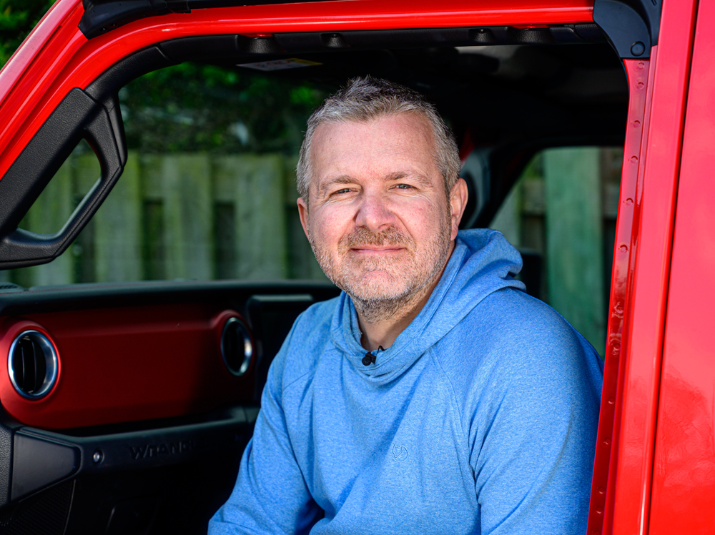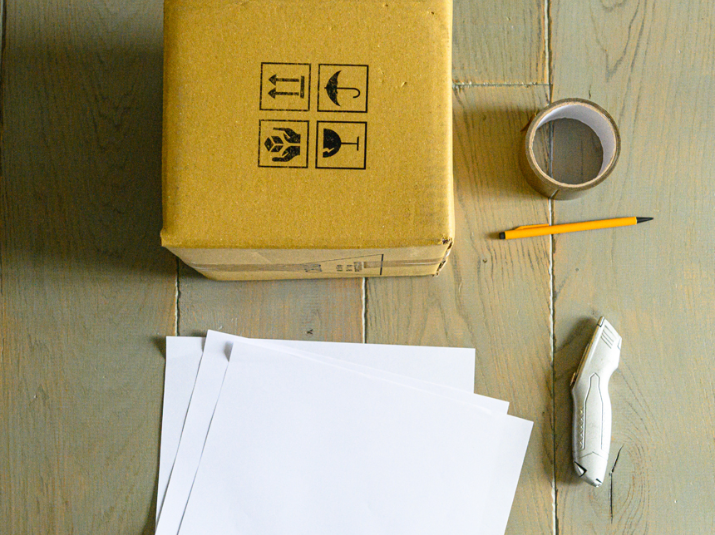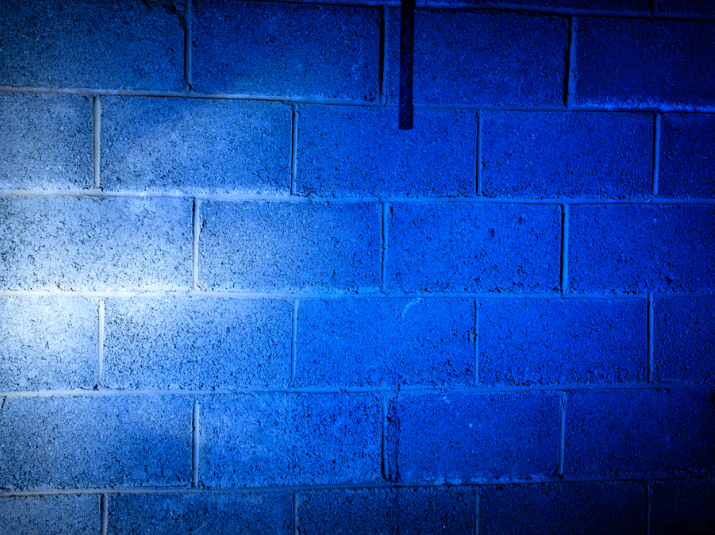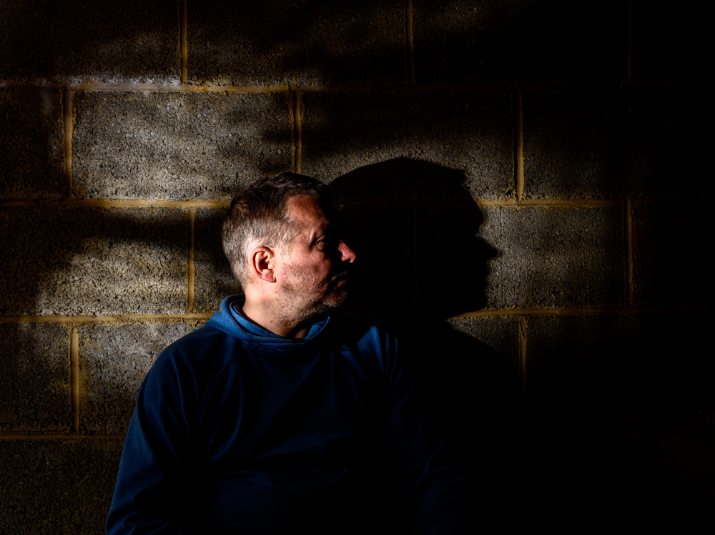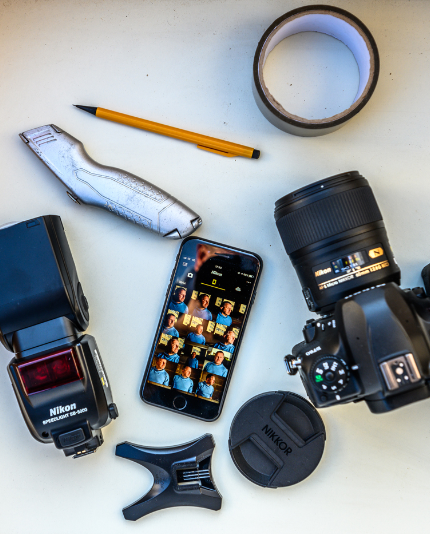
Gear & Camera ‘Hacks’
Gear Hacking is the concept of making your own DIY versions of whatever equipment you need. It is really useful when I need to manipulate light make with shapers or modifiers and don’t have my usual softboxes with me. For this week’s #CreateYourLight challenge, I will be showing you how to achieve some professional level lighting effects with everyday items you may have in your home. These effects can be used for either a home studio setup or for shooting outside in your garden. They are gear hacks that will let you shoot creatively and quite literally create your own light wherever you are. Gear hacking your own lighting equipment is not only great fun, but it’s also inexpensive and makes a good project when you have time on your hands.
These hacks are easy to make and put together with almost zero craft skills required. If you happen to have craft skills, your finished products might look better than mine! Ultimately, though my gear hacked products might not look great, they modify, shape and diffuse light which allows me to produce the results I’m looking for. At Nikon School in London, we have some excellent professional softboxes, lighting stands and accessories for modifying and shaping light. However, without access to them at the moment, if I want to work with and create the lighting effects I use in my images, I need to think about how I can make my own light shapers and modifiers to achieve the same look.
Great images are, more than anything else, defined by the lighting with which the shot was taken. You can have a great subject, but in poor lighting you are going to get an uninspiring image. Conversely, a poor subject in good lighting can actually look great. When I first started out in photography back in the days of film, I couldn’t afford professional quality softboxes and reflectors. Practising with low cost homemade softboxes was an ideal way to start learning about lighting.
Hopefully you will find the following gear hacks useful and a way in which to shoot some inspiring images with your own personal custom made photography lighting gear. Experiment with the setups and images - you might even want to come up with your own gear hacks. We can’t wait to see whatever you create with them shared on #CreateYourLight.
Building your own Softbox
This is one of my favourite hacks. You can get amazing light whether you are using this with a speedlight (my preferred way) or a constant light source. Materials for the project are straight forward: cardboard box, white or clear diffusion panel (optional tin foil interior) and some tape to put it all together. It really doesn’t matter which way round you put your softbox together. I start by measuring out the length and size of diffusion material I need and cutting that to shape. If your cardboard box has flaps, I would recommend keeping those as they can act as barn doors and be used to further shape and control the light. For the diffusion material you can
either use polythene dust sheets or a white bin liner. You might want to layer them until you achieve the desired level of diffusion for the images you want to take. You could also add tinfoil inside the softbox. This will scatter the light inside the softbox and the silver also produces a bit more ‘kick’ to the light, further helping to light up your subject. When the diffusion material is cut to shape and taped down, mark out and cut a hole in the back of your softbox for the speedlight or lightsource and find a way to tape or fasten it securely in place. That's it! Now you have a custom made softbox.
Softboxes make your light source bigger. This softens the light striking your subject and reduces the shadows in an image. They are also a great way to achieve even light and subtle lighting, especially if you have barn doors to further control any light spill.
If you don’t have access to the above materials and you want to diffuse light, try placing a white t-shirt or cotton bedsheet between your light source and subject. Either of these will also act as a light diffuser.


